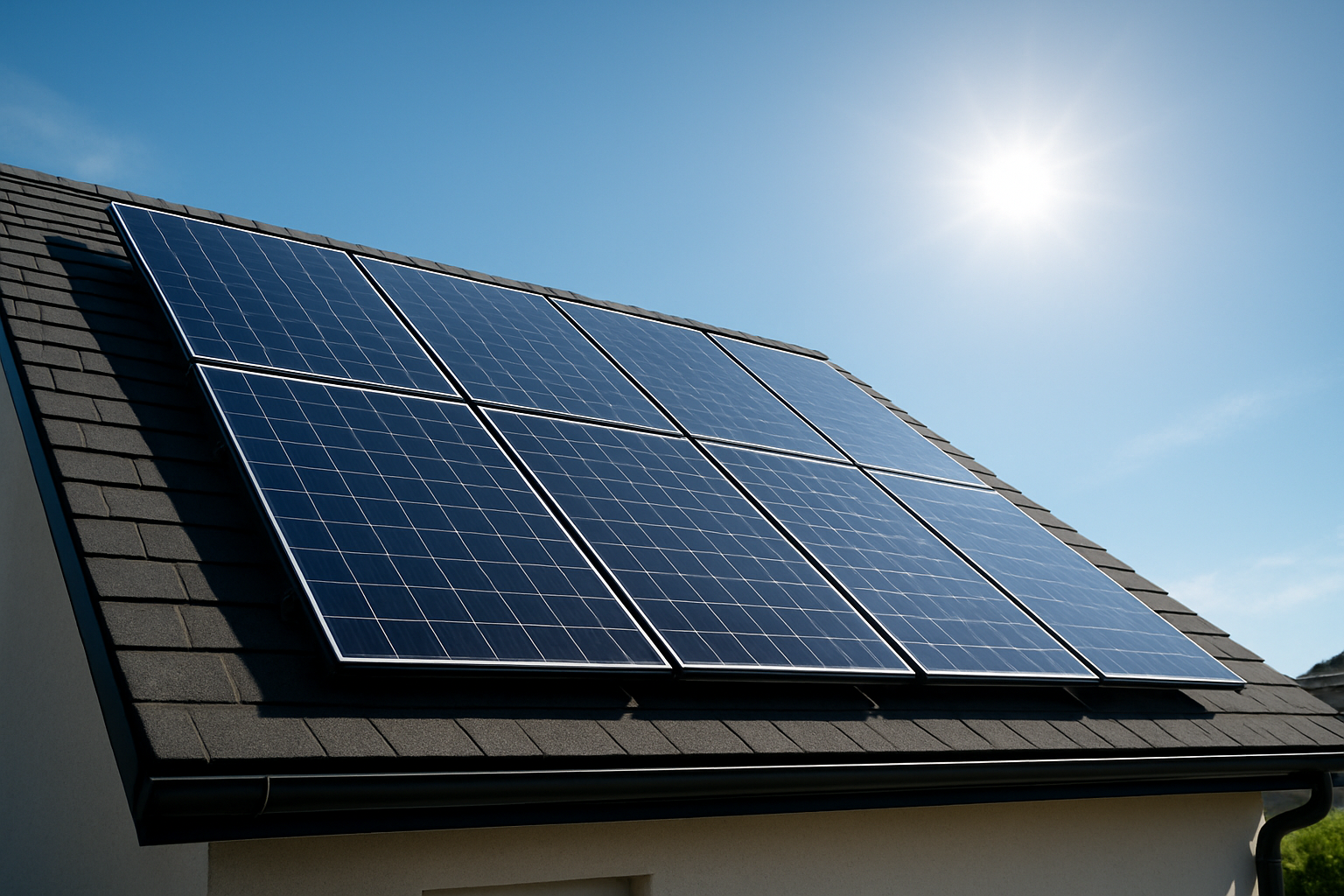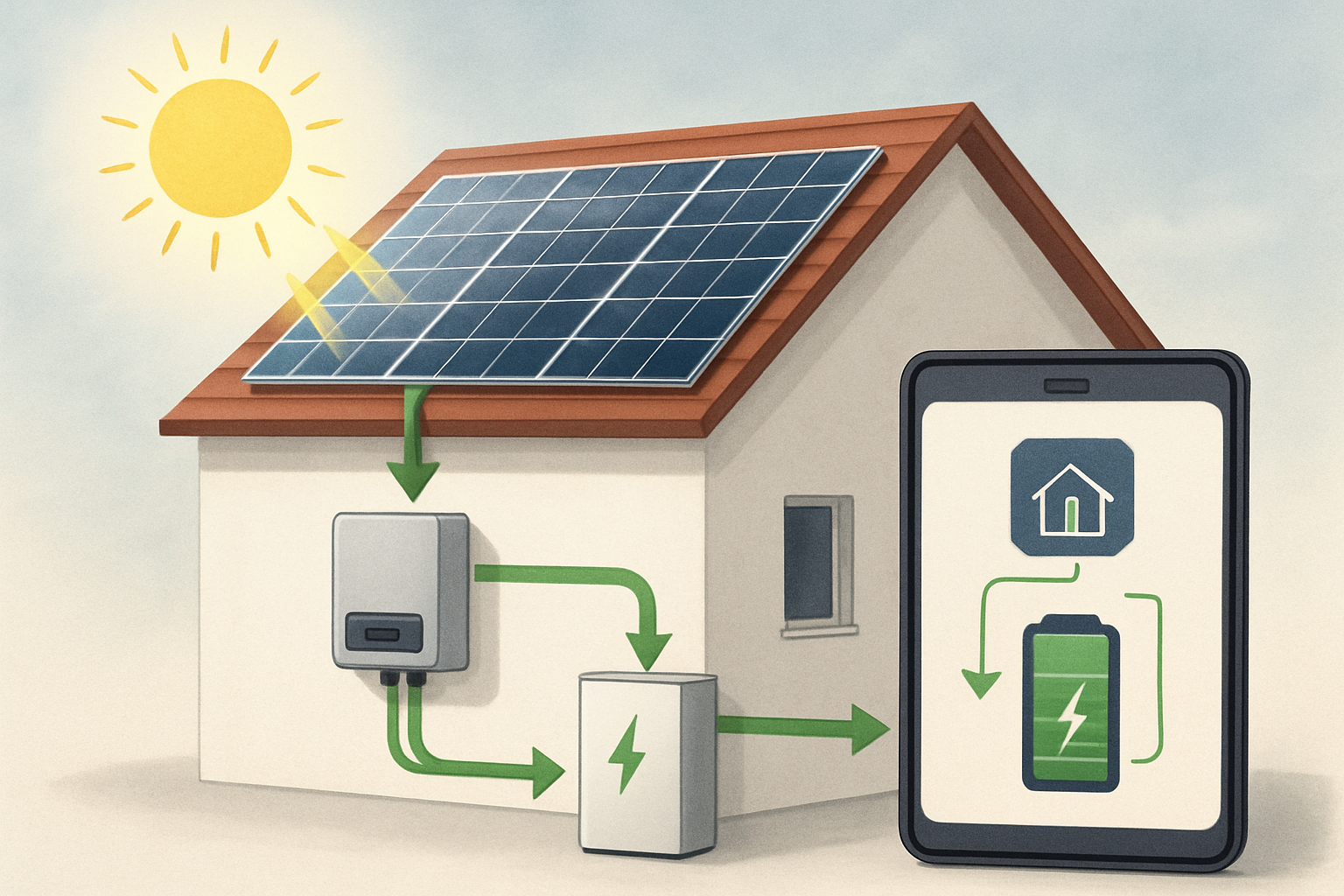Choosing solar panels for your home involves more than just selecting a product; it is about investing in a reliable energy future. A crucial aspect of this decision is understanding solar panel efficiency. For homeowners, "good" efficiency is not a universal number, but rather a balance of performance, cost, and how well the system integrates with your specific energy needs and property. This article will help you navigate what constitutes effective solar panel efficiency for a residential setting, focusing on practical considerations that lead to long-term energy independence.

Understanding Solar Panel Efficiency: Beyond the Label
What Efficiency Percentages Mean for Your Home
Solar panel efficiency measures how effectively a panel converts sunlight into usable electricity. If a panel has 20% efficiency, it means 20% of the solar energy hitting its surface transforms into electricity. For residential systems, typical average solar panel efficiency ranges between 20% and 25% today. Some high-performance panels can even exceed 22% efficiency. According to the National Renewable Energy Laboratory (NREL), this percentage directly influences the amount of power your system can generate from a given area on your roof.
The Role of Cell Technology in Home Performance
Advances in solar cell technology consistently push efficiency boundaries, which directly benefits homeowners. For example, high-performance silicon solar cells, such as n-type silicon heterojunction panels, are achieving impressive efficiencies. While the technical details are complex, the practical outcome for you is that more advanced panels can generate more power from a smaller footprint. This is especially valuable if your roof space is limited, allowing you to maximize energy production within spatial constraints.
Key Factors Influencing Real-World Residential Efficiency
Environmental Conditions and Your System
- Temperature: Solar panels perform optimally at around 25°C (77°F). Higher temperatures can reduce efficiency, a factor to consider depending on your climate. Proper ventilation during installation can help mitigate heat-induced losses (U.S. Department of Energy).
- Irradiance and Shading: The intensity of sunlight directly affects output. Partial shading from trees, chimneys, or neighboring buildings can significantly reduce a panel's performance. A thorough site assessment helps ensure your panels receive maximum sun exposure throughout the day and year.
System Design and Installation Quality
The overall design and installation of your solar system play a critical role in its real-world efficiency. Correct orientation and tilt of panels ensure they capture the most sunlight. Furthermore, the efficiency of your solar inverter, which converts the direct current (DC) produced by panels into alternating current (AC) for your home, is paramount. An efficient inverter minimizes energy loss during conversion, ensuring more of the generated power is usable. Electrical connections and wiring quality also prevent energy losses within the system.
Degradation Over Time
Like any technology, solar panels experience a gradual decline in performance over their lifespan, known as degradation. The average degradation rate for quality solar panels is typically between 0.5% and 1% annually (International Renewable Energy Agency). This means that after 20 years, a panel should still produce approximately 90% of its original output. Most manufacturers guarantee at least 80% of their products' original output by year 25. An initial efficiency loss of 1-3% can occur shortly after installation due to light-induced degradation (LID), after which the rate stabilizes.
Consider the following table for typical degradation expectations:
| Timeframe | Typical Annual Degradation Rate | Expected Output Remaining (Approx.) |
|---|---|---|
| Year 1 (Initial LID) | 1% - 3% | 97% - 99% |
| Years 2-25 (Average) | 0.5% - 0.8% | 80% - 90% |
Disclaimer: Figures are approximate and vary by manufacturer and panel type. Consult specific product warranties for precise details.
Optimizing Your Solar Investment: Efficiency in Context
Balancing Space, Budget, and Efficiency
For homeowners, "good" efficiency often comes down to maximizing energy production within available roof space and budget. If you have limited roof area, higher efficiency panels allow you to generate more electricity in that confined space, potentially reducing the number of panels required. If space is abundant, slightly less efficient but more cost-effective panels might offer a better return on investment over a larger area. The cost of solar installations has steadily declined since 2009 (International Energy Agency), making solar more accessible.
The Importance of System Integration for Energy Independence
Panel efficiency is one piece of the puzzle; overall system performance is what truly matters for achieving energy independence. An integrated energy solution includes not only high-performing solar panels but also efficient inverters and robust energy storage systems. For instance, pairing your solar panels with safe and reliable LiFePO4 batteries allows you to store excess energy generated during the day for use at night or during cloudy periods. According to Wood Mackenzie, over 28% of new residential solar capacity in the U.S. was paired with storage in 2024, up from under 12% in 2023. The International Renewable Energy Agency notes that battery storage costs fell by more than 90% between 2010 and 2024, making these solutions increasingly accessible.
Ensuring Long-Term Performance
When selecting panels, review power warranties that guarantee a certain output level over 25-30 years. This provides peace of mind regarding long-term performance. Remember, solar energy systems are designed for durability and sustainability. They do not produce air pollutants or carbon dioxide, offering significant environmental benefits.
Your Path to Sustainable Power
Defining "good" solar panel efficiency for your home is a personalized process. It involves evaluating your specific energy needs, available space, budget, and long-term goals. While high-efficiency panels offer distinct advantages, particularly for maximizing output in limited areas, the true value of your solar investment comes from a well-designed, integrated system. By combining efficient solar panels with reliable storage solutions and high-quality inverters, you can create a resilient and scalable energy solution that powers your home for decades, moving you closer to complete energy independence.
Non-legal advice: This article provides general information and should not be considered as legal, financial, or investment advice. Always consult with qualified professionals for personalized guidance.





Leave a comment
All comments are moderated before being published.
This site is protected by hCaptcha and the hCaptcha Privacy Policy and Terms of Service apply.